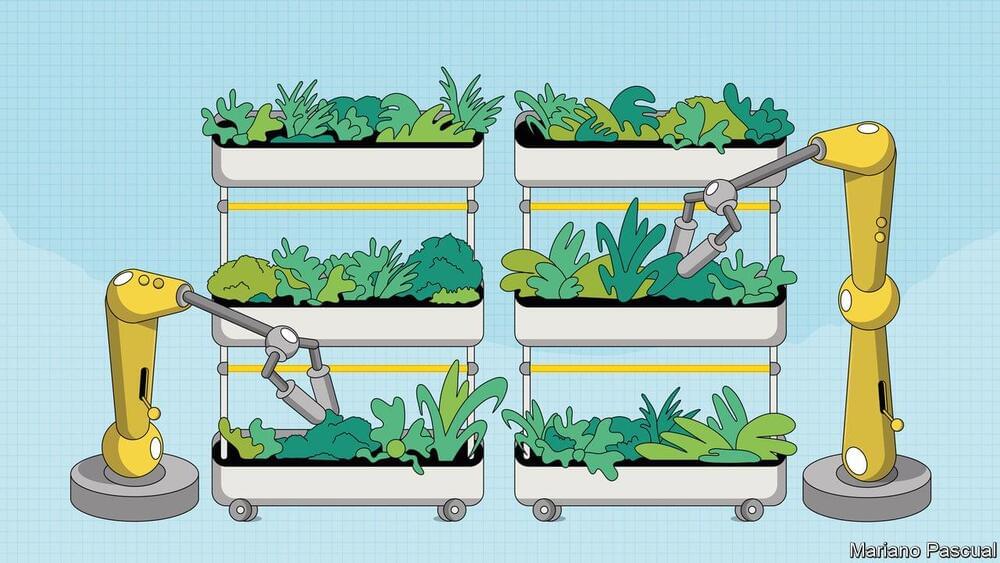Digital society is driving increasing demand for computation, and energy use. For the last five decades, we relied on improvements in hardware to keep pace. But as microchips approach their physical limits, it’s critical to improve the code that runs on them to make computing more powerful and sustainable. This is especially important for the algorithms that make up the code running trillions of times a day.
In our paper published today in Nature, we introduce AlphaDev, an artificial intelligence (AI) system that uses reinforcement learning to discover enhanced computer science algorithms – surpassing those honed by scientists and engineers over decades.
Nature Publication.






